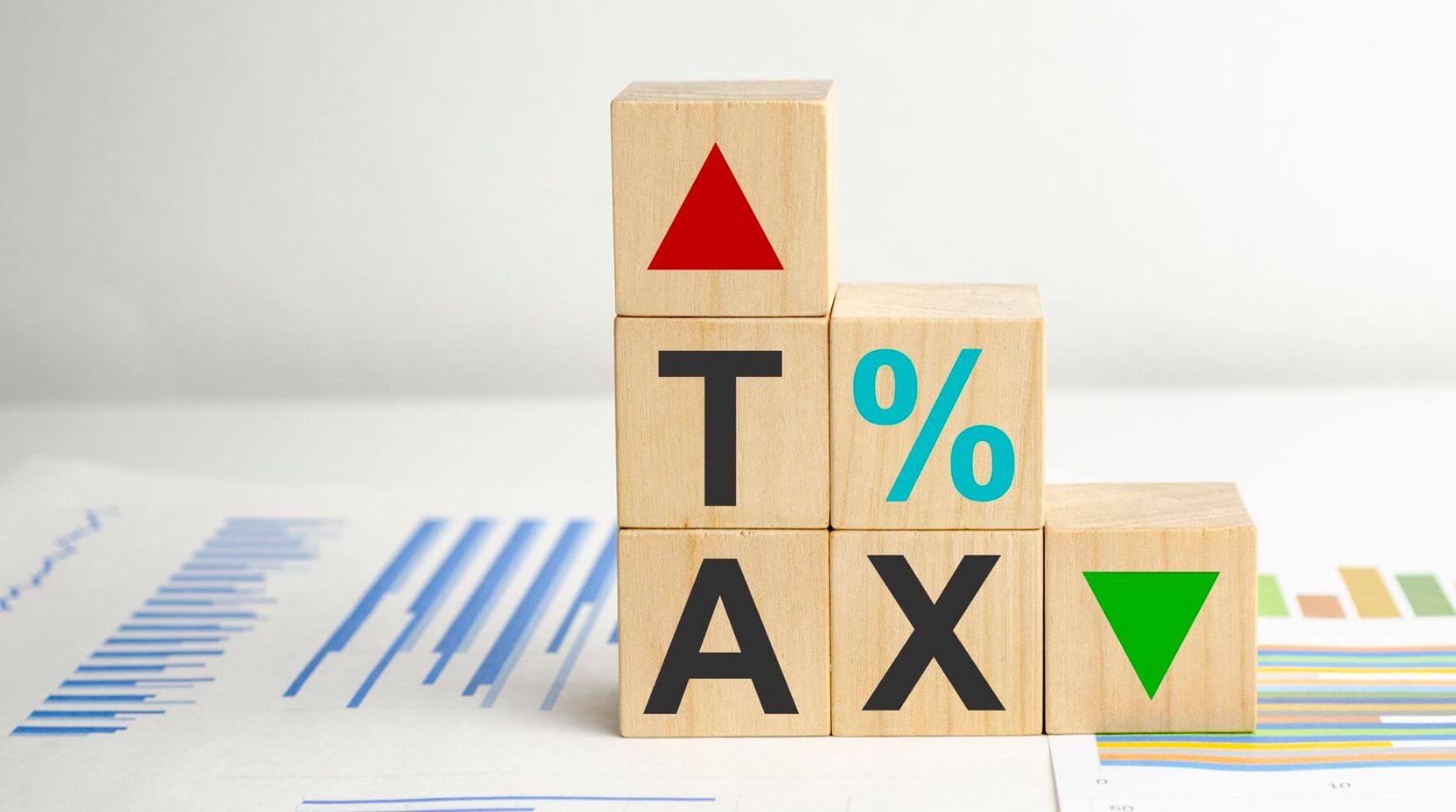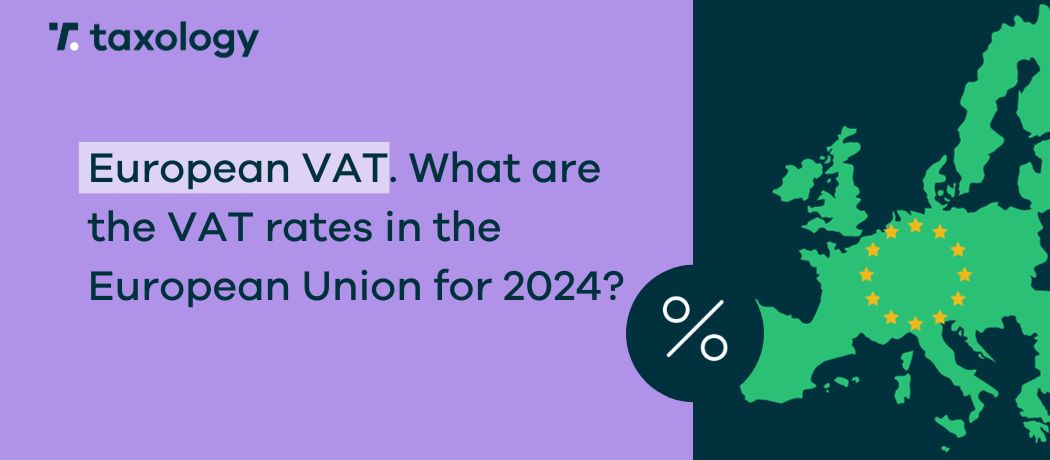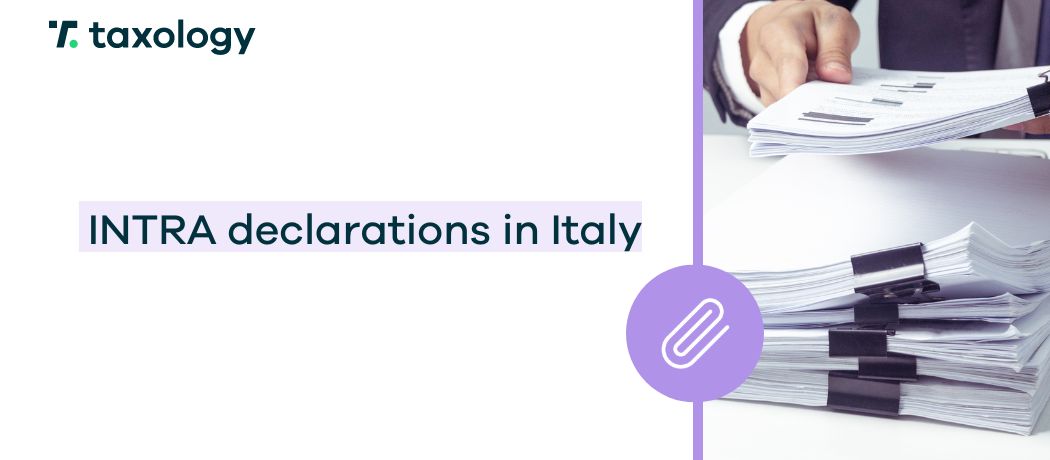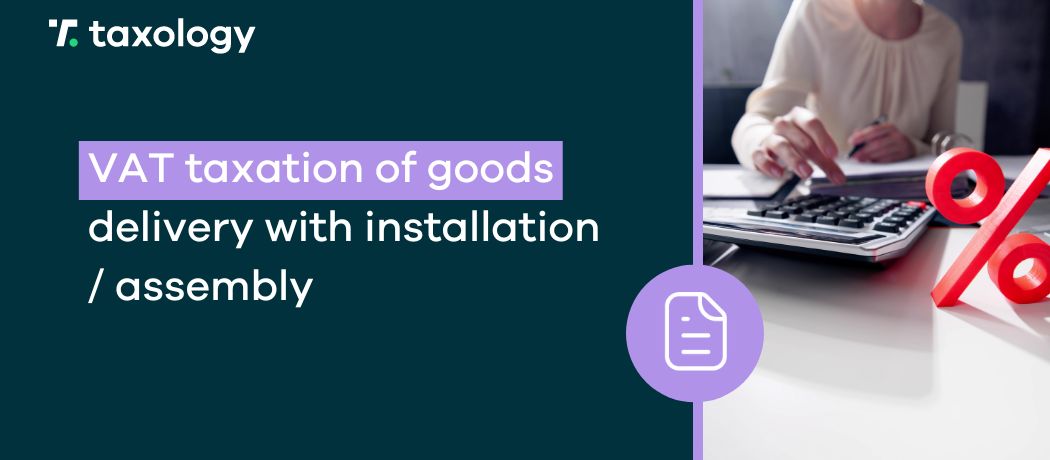Italy ranks as the fourth largest e-commerce market in Europe in terms of value. It is no surprise, then, that it attracts entrepreneurs looking to expand in this direction. However, […]
Read in: 4 minEuropean VAT. What are the VAT rates in the European Union for 2024?
- Last update: 22.03.2024
- Published: 27.03.2023
- Read in: 5 min
VAT, which stands for Value Added Tax, falls under the category of indirect taxes and is incorporated into the price of goods and services, with the final consumer bearing the responsibility for its payment.
Within Europe, the European Union has set a minimum VAT rate of 15% in the EU VAT area, along with rules governing the collection, tax exemptions, and obligations for businesses, among other aspects.
However, individual EU member states have a certain degree of freedom to adapt these rules according to the needs of their national VAT system, leading to varying VAT rates across most of the EU VAT area. Let’s explore the specifics!
From this article you will learn:
- What VAT rates EU countries apply in 2024?
- What are the lowest standard VAT rates possible, according to the EU VAT rules?
- What hides under the term super-reduced VAT rates?
- To which groups of products super – reduced vat rates can apply?
The European Union VAT rates for 2024
Below we have gathered all the VAT rates EU countries have established and apply in 2024. You will find there standard VAT rates, reduced VAT rates 2024, as well as super reduced VAT rates.
| UE Country | Standard VAT rate | 1. Reduced VAT rate | 2. Reduced VAT rate | Super reduced VAT rate |
| Austria | 20% | 13% | 10% | – |
| Belgium | 21% | 12% | 6% | – |
| Bulgaria | 20% | 9% | – | – |
| Croatia | 25% | 13% | 5% | – |
| Cyprus | 19% | 9% | 5% | – |
| Czechia | 21% | 12% | – | – |
| Denmark | 25% | – | – | – |
| Estonia | 22% | 9% | – | – |
| Finland | 24% | 14% | 10% | – |
| France | 20% | 10% | 5,5% | 2,1% |
| Germany | 19% | 7% | – | – |
| Greece | 24% | 13% | 6% | – |
| Hungary | 27% | 18% | 5% | – |
| Ireland | 23% | 13,5% | 9% | 4,8% |
| Italy | 22% | 10% | 5% | 4% |
| Latvia | 21% | 12% | 5% | – |
| Lithuania | 21% | 9% | 5% | – |
| Luxembourg | 17% | 14% | 8% | 3% |
| Malta | 18% | 12% | 7% | 5% |
| The Netherlands | 21% | 9% | – | – |
| Poland | 23% | 8% | 5% | – |
| Portugal | 23% | 13% | 6% | – |
| Romania | 19% | 9% | 5% | – |
| Slovakia | 20% | 10% | – | – |
| Slovenia | 22% | 9,5% | 5% | – |
| Spain | 21% | 10% | – | 4% |
| Sweden | 25% | 12% | 6% | – |
Reduced rates in Luxembourg
At this point, it is worth mentioning that in 2023, the applicable VAT rates in Luxembourg, including the 17%, 14%, and 8% have all been decreased by 1 percentage point.
Standard VAT rates EU
The standard VAT rate serves as the benchmark for reduced VAT rates. Moreover, as mentioned above, in Europe VAT rates set as standard ones, can not be lower than 15%, which results from the EU VAT rules.
The highest and the lowest 2024 VAT rates in the EU
Luxembourg has the lowest standard VAT rate in Europe, standing at 18%. On the other hand, three countries, namely Cyprus, Germany, and Romania, have a standard VAT rate of 19%.
In contrast, Hungary has the highest standard VAT rate in Europe, reaching 27%.

Reduced VAT rates
By default, the standard VAT rate encompasses all goods and services, except those eligible for reduced rates, which are usually specified in domestic value-added tax regulations.
As indicated in the table provided, certain countries like France, Ireland, Luxembourg, and Italy have up to three reduced VAT rates, each applicable to specific groups of products and services.
In contrast, countries such as Bulgaria, Estonia, Spain, the Netherlands, Germany, and Slovakia have only one reduced VAT rate.
Denmark, being the sole European Union Member State, does not have any reduced VAT rates.
Super-reduced VAT rates
What is a super-reduced rate of VAT?
Super reduced VAT rates are those below 5%, and they are applicable in France, Spain, Ireland, Luxembourg, and Italy.
Which groups of produced super-reduced VAT rate can apply to?
Various groups of products fall under the super reduced VAT rate depending on the country, and frequently, a specific category applies to multiple countries, e.g:
- books, newspapers, publishing products
- medicines, pharmaceuticals, medical equipment, hygiene products, TV licences
Zero-rated VAT
The lowest VAT rate, known as the zero rate, is applied to certain goods and services. Within the European Union, the following fall under the 0% VAT rate:
- Export of goods to destinations outside the EU.
- Intra-community supply of goods within the EU.
- Services rendered to businesses located outside the EU.

Need help with VAT or e-commerce accounting?
Reach out to us and let us know, what the problem is. Our team of VAT Compliance specialists will guide You and Your company to solve it the easiest way possible!
Schedule a consultationWhere and when is VAT charged?
VAT is imposed at the last stage of the sales process, targeting the final consumer, in the country where the goods and services are purchased, in accordance with the VAT rates set by the authorities of that country.
Additionally, once the total sales in EU countries exceed €10,000, the seller must register for VAT in the specific country where the threshold has been exceeded and settle any VAT obligations there. Alternatively, they can opt for VAT OSS, settling all cross-border sales to EU countries at a single tax office. Nevertheless, it’s important to note that in such cases, amounts exceeding the limit in a particular country should be settled at the VAT rate applicable in that particular country.
VAT rates Europe 2023 - summary
The VAT rates displayed in the chart above demonstrate the variations across different EU countries. Additionally, specific rules regarding reduced rates can differ from one country to another. If you require any assistance related to VAT, such as registration, settlement, filing VAT returns, or navigating the VAT OSS procedure, please don’t hesitate to book a free consultation with our team.
For more information regarding VAT, check our articles about VAT registrations in: Germany, France, Italy, Spain and the UK. Learn also what issues may arise during the registration in Great Britain.




